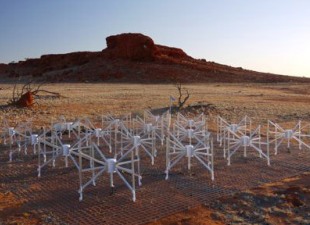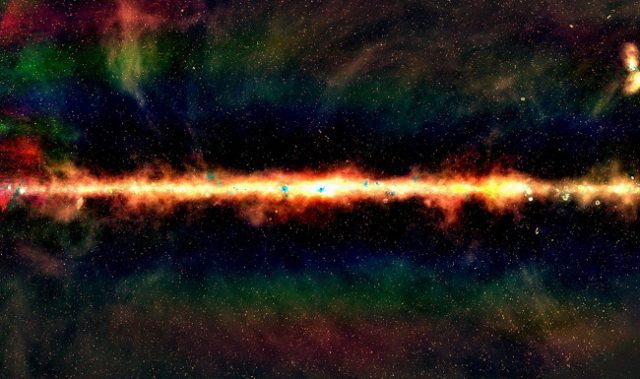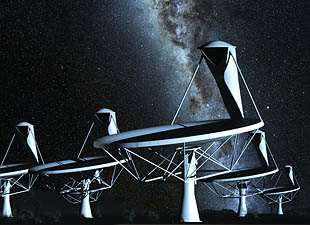
Asian Scientist (Jul. 11, 2013) – Solar storms, space junk and the formation of the universe are about to be seen in an entirely new way with the debut of the Murchison Widefield Array (MWA) radio telescope this week.
The first of three international precursors to the Square Kilometre Array (SKA) telescope, the MWA is located in a remote pocket of outback Western Australia. It was officially turned on this week by Australia’s Science and Research Minister.
Using state-of-the-art technology, the MWA will become an eye on the sky, acting as an early warning system that will potentially help to save billions of dollars as it steps up observations of the Sun to detect and monitor massive solar storms. It will also investigate a unique concept which will see stray FM radio signals used to track dangerous space debris.
The detailed observations will be used by scientists to hunt for explosive and variable objects in the Milky Way such as black holes and exploding stars, as well as to create the most comprehensive survey of the Southern Hemisphere sky at low radio frequencies.
The MWA will also give scientists an unprecedented view into the first billion years of the universe, enabling them to look far into the past by studying radio waves that are more than 13 billion years old.
The development and commissioning of the MWA, the most powerful low frequency radio telescope in the Southern Hemisphere, is the outcome of nearly nine years’ work by an international consortium of 13 institutions across four countries (Australia, USA, India and New Zealand).
Nine major research programs were announced at the launch of the MWA, with more than 700 scientists across four continents awaiting the information the telescope has now begun to capture.
“Given the quality of the data obtained during the commissioning process and the vast areas of study that will be investigated, we are expecting to see preliminary results in as little as three months’ time,” said Professor Steven Tingay, director of the MWA.
“This is an exciting prospect for anyone who’s ever looked up at the sky and wondered how the universe came to be.”
“Right now we are standing at the frontier of astronomical science. Each of these programs has the potential to change our understanding about the universe.”
——
Source: International Centre for Radio Astronomy Research; Photo: mwatelescope.org.
Disclaimer: This article does not necessarily reflect the views of AsianScientist or its staff.












